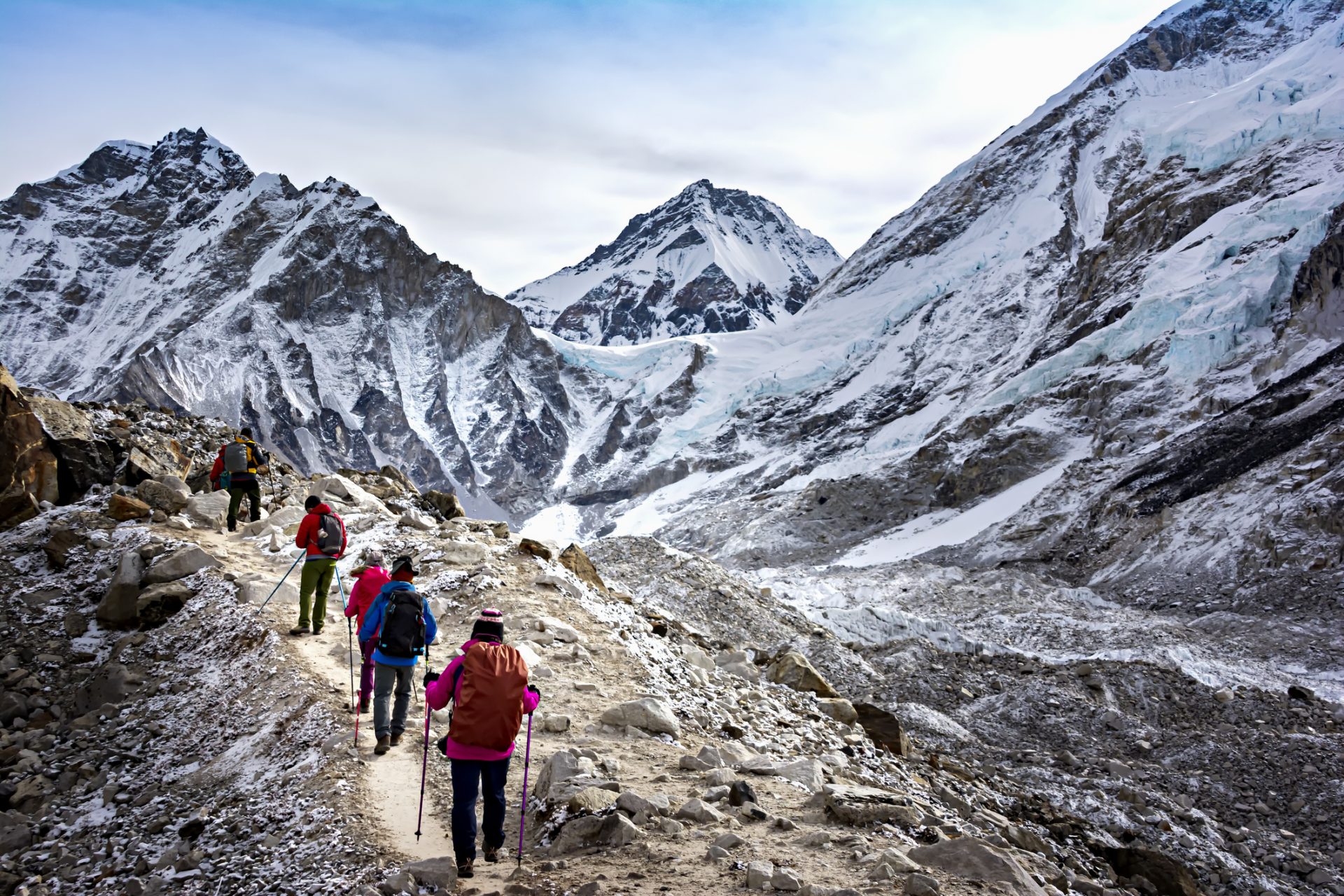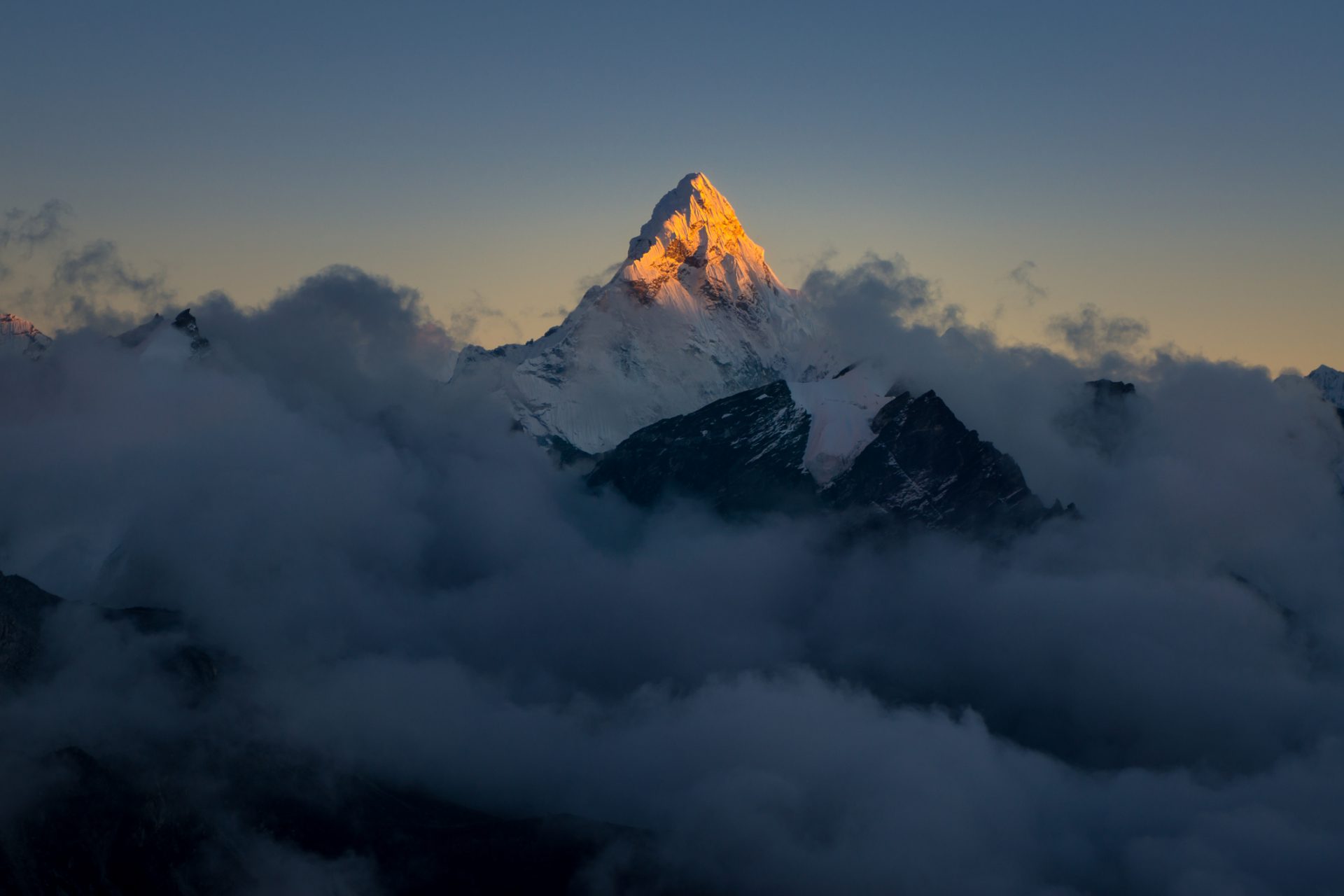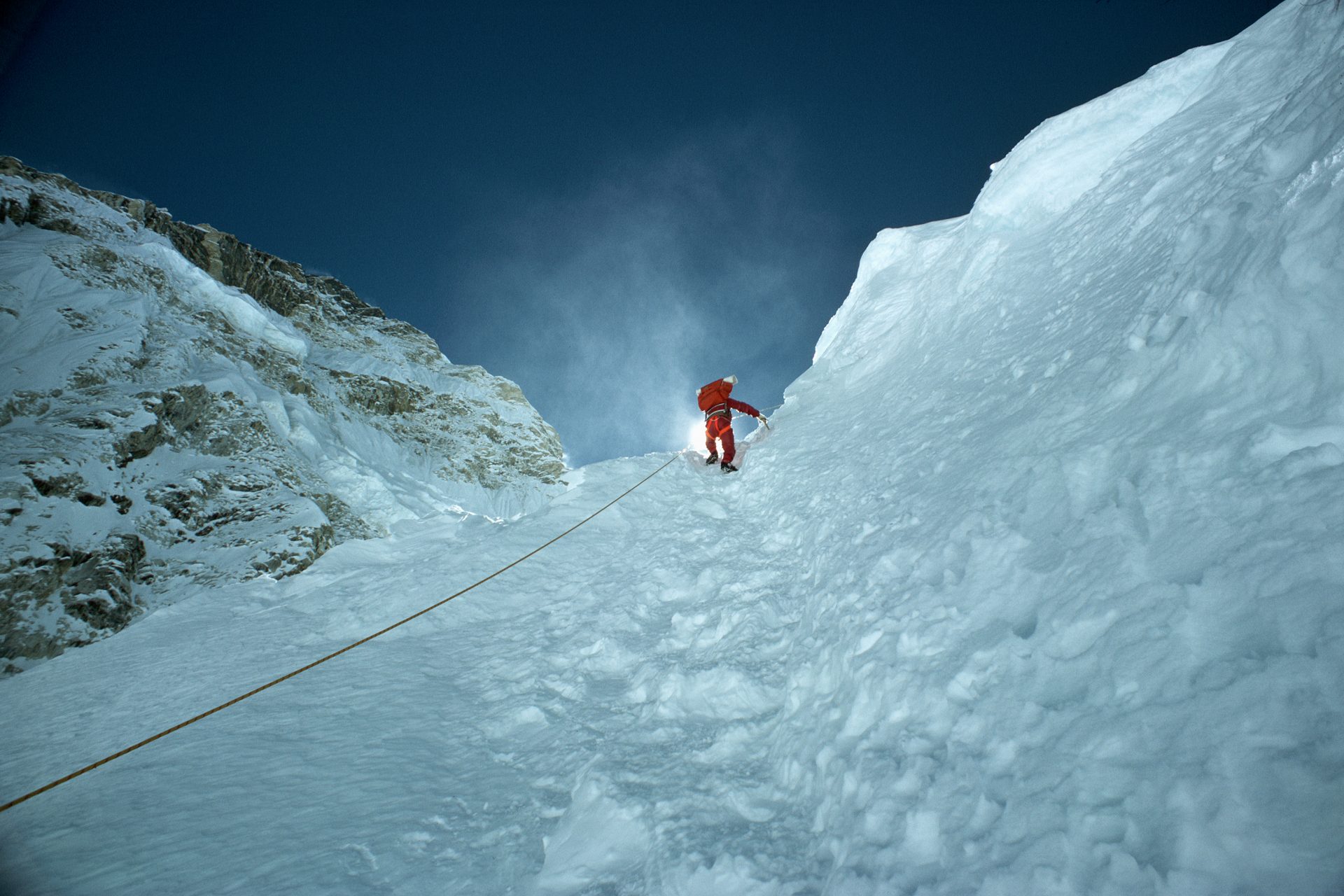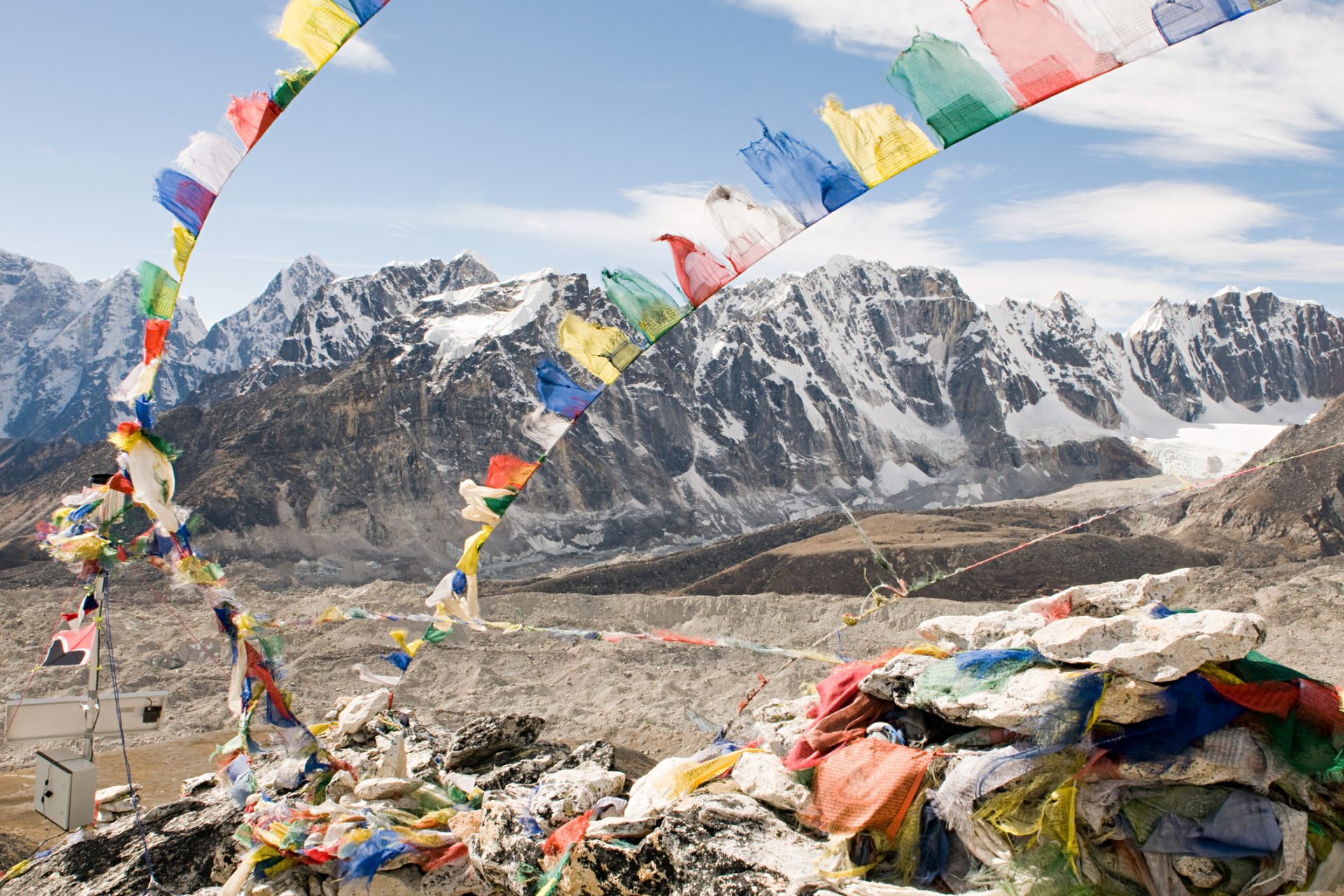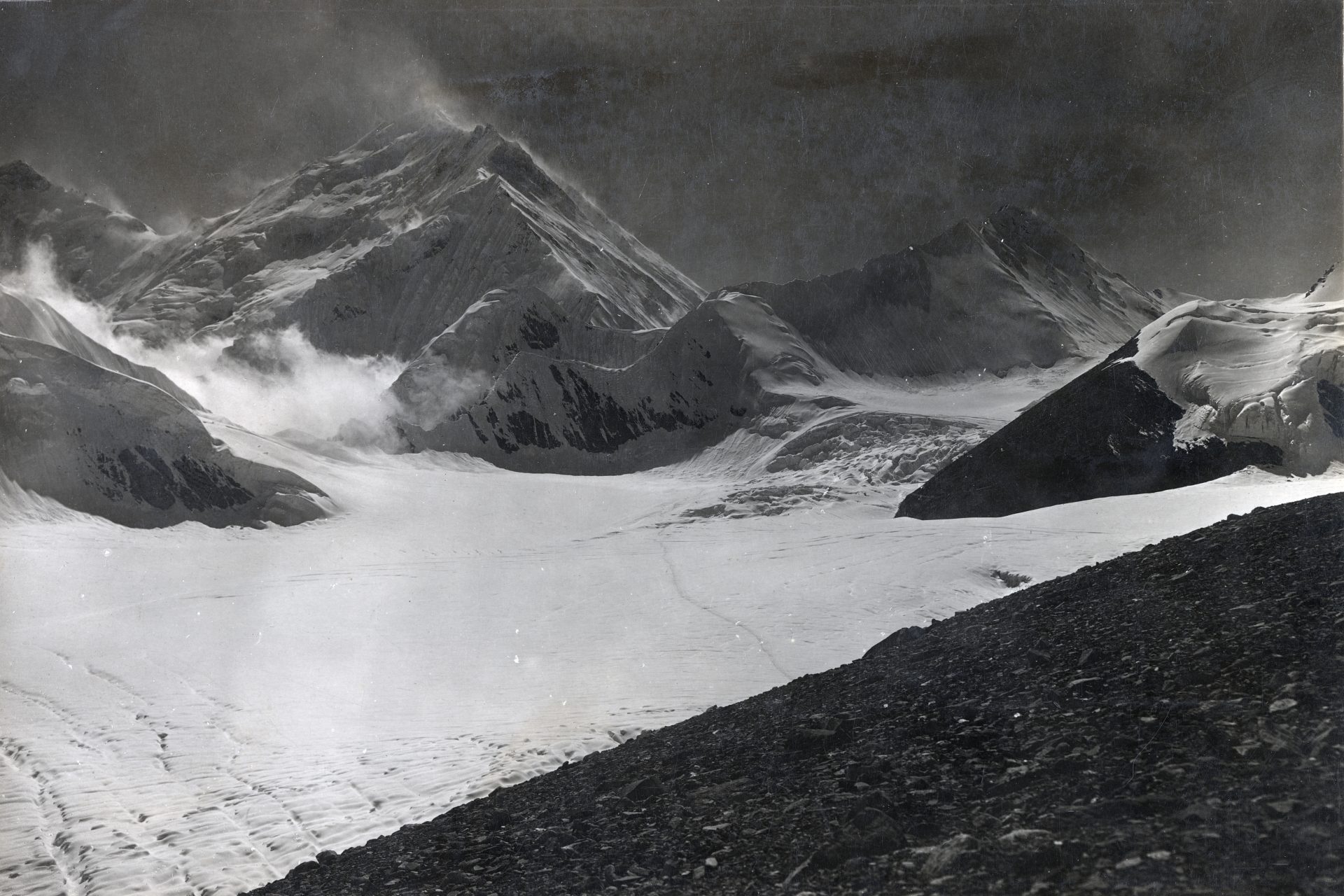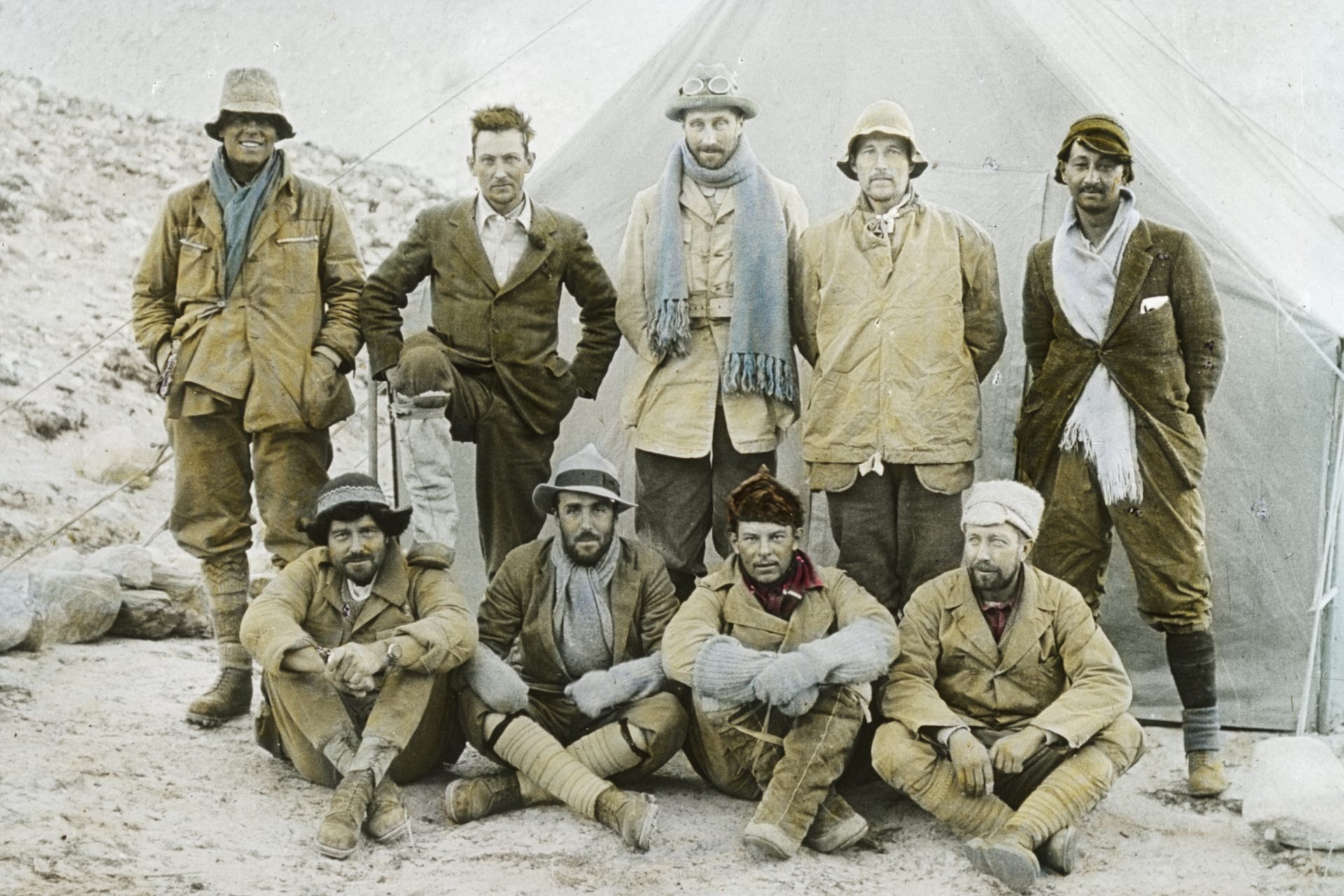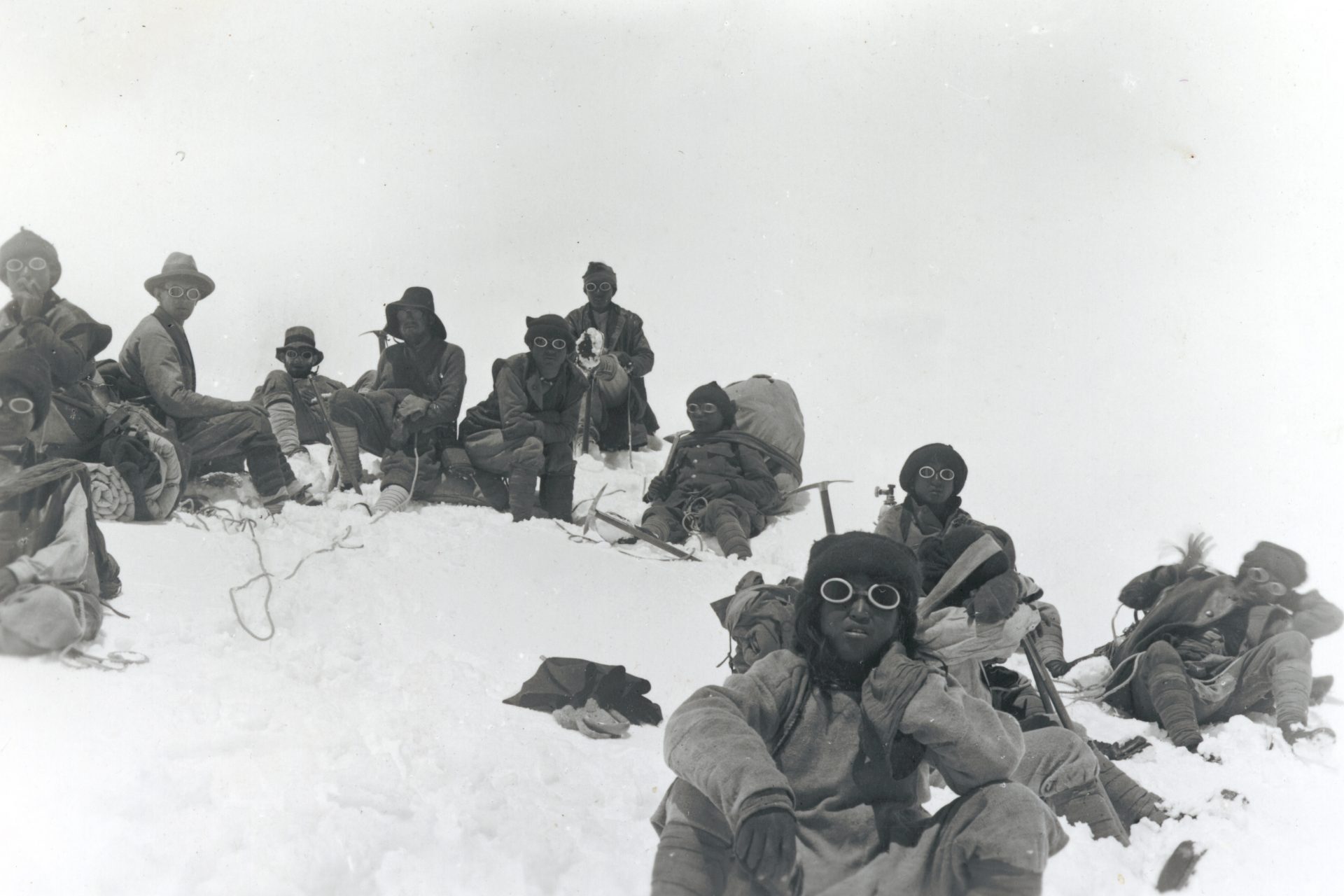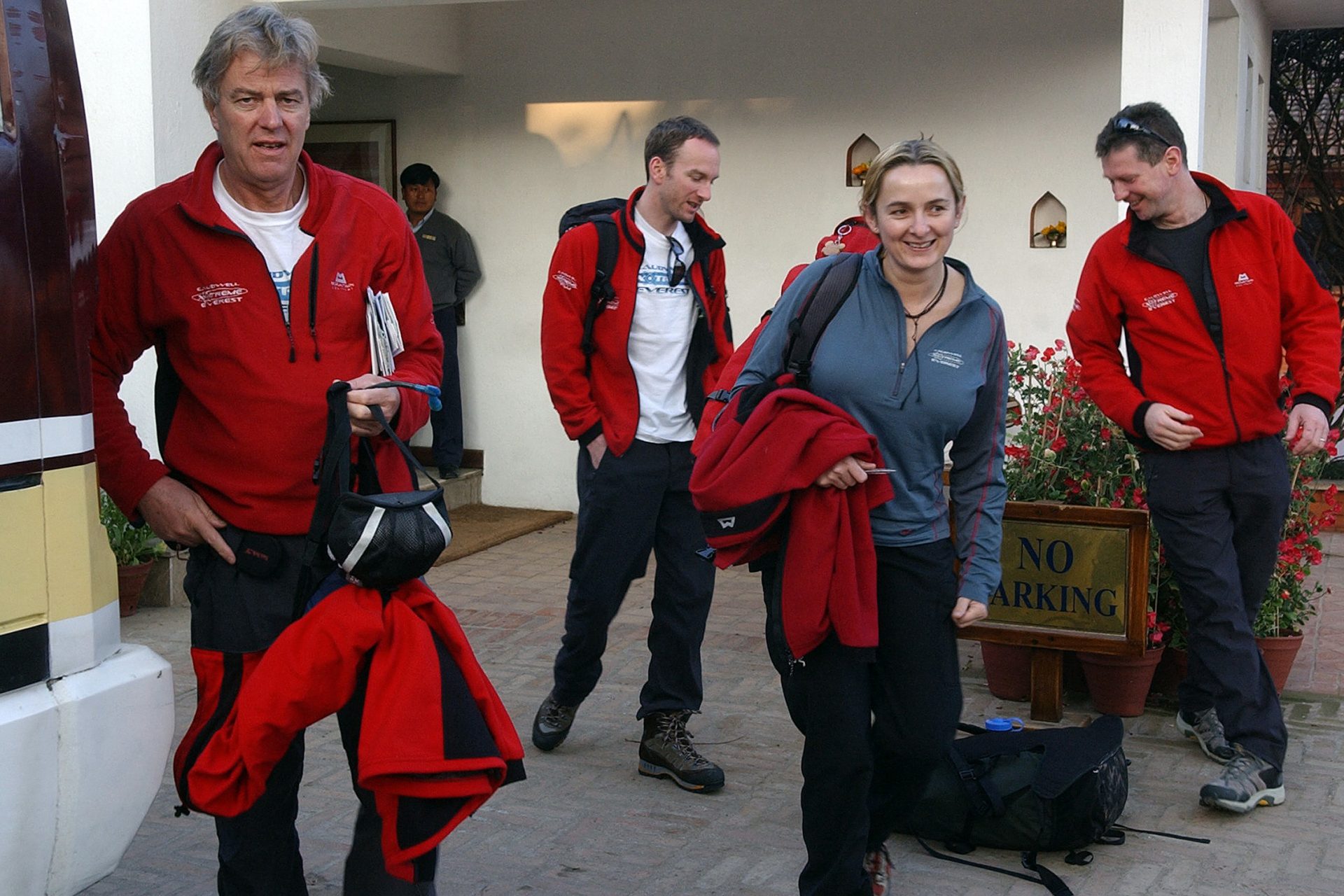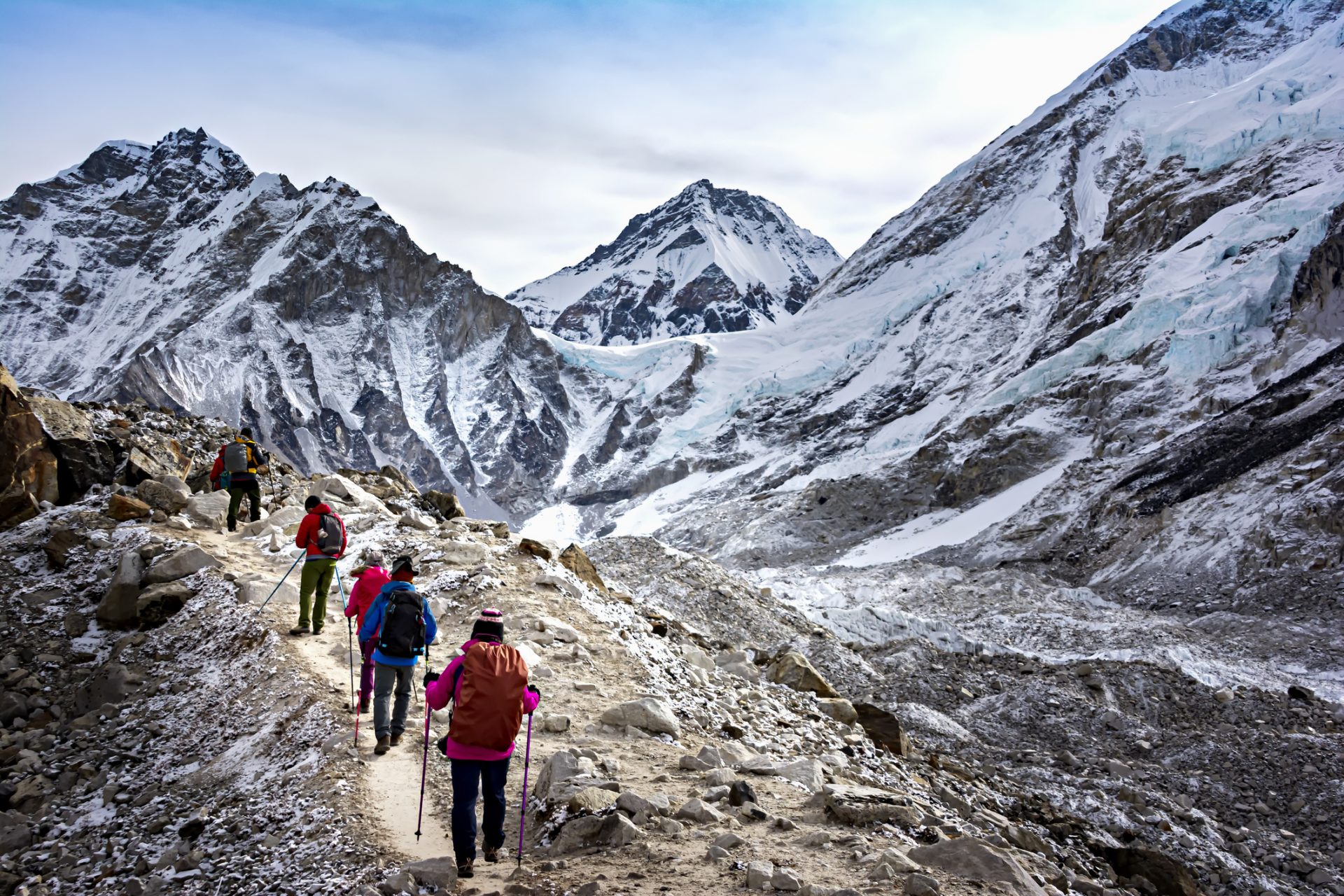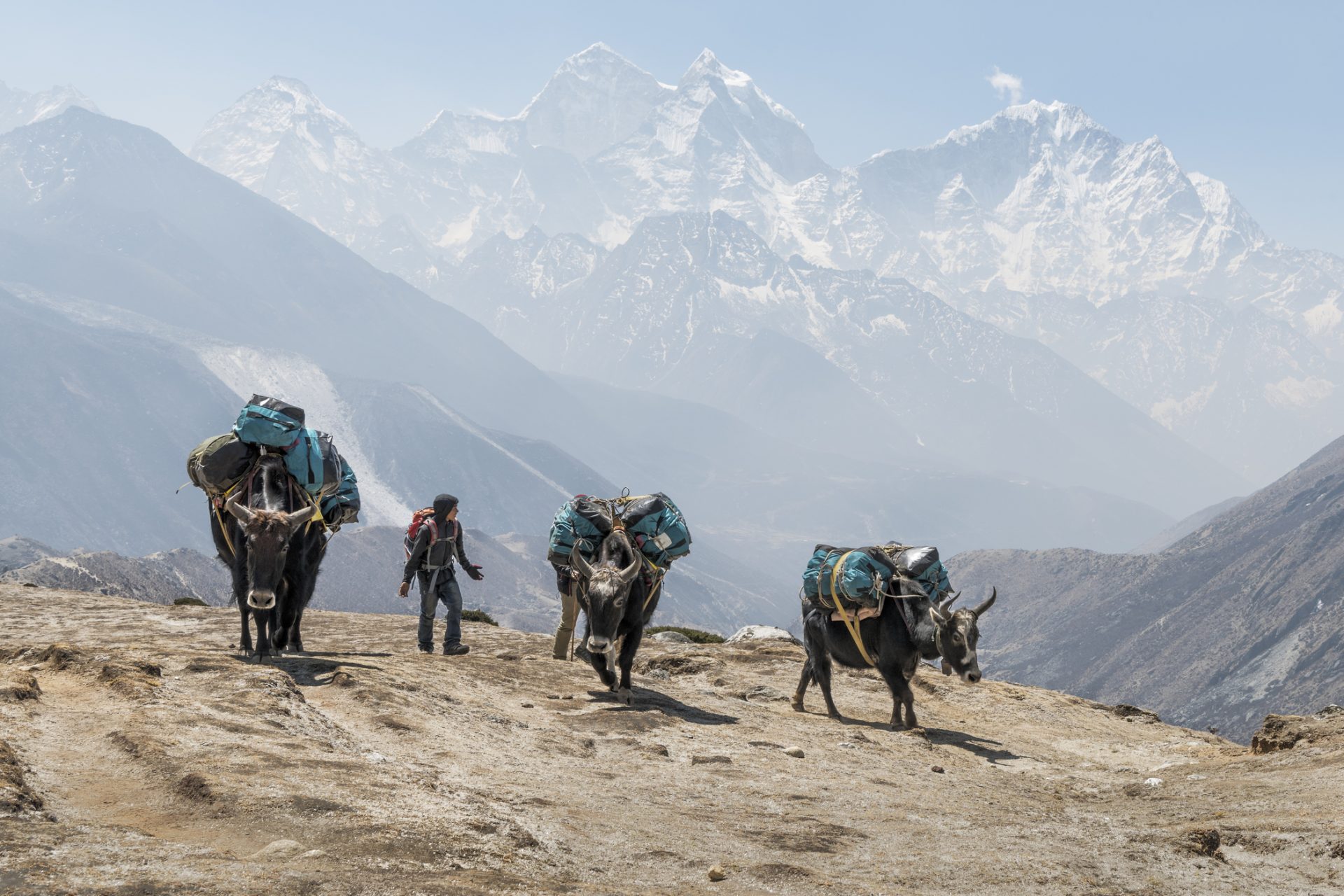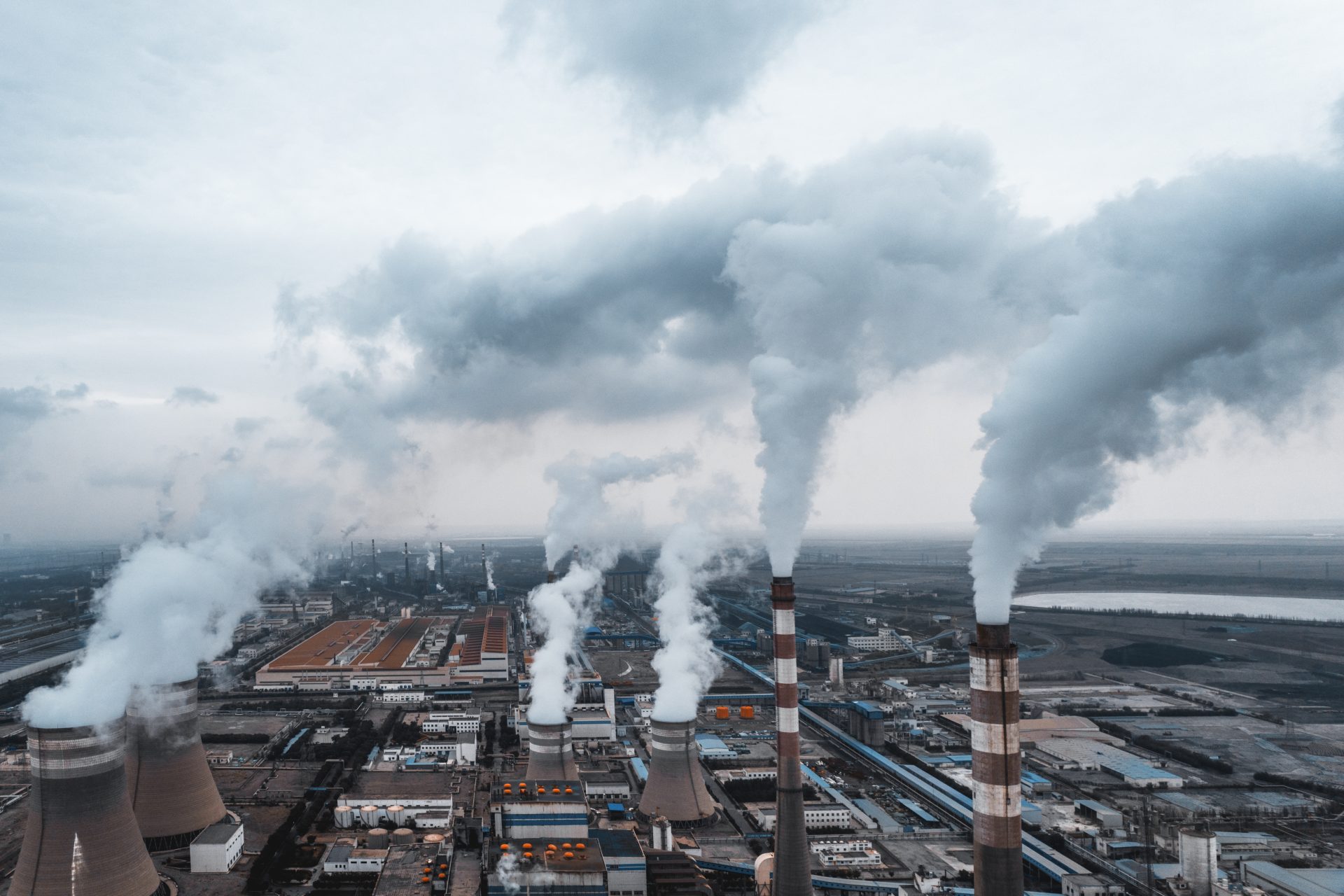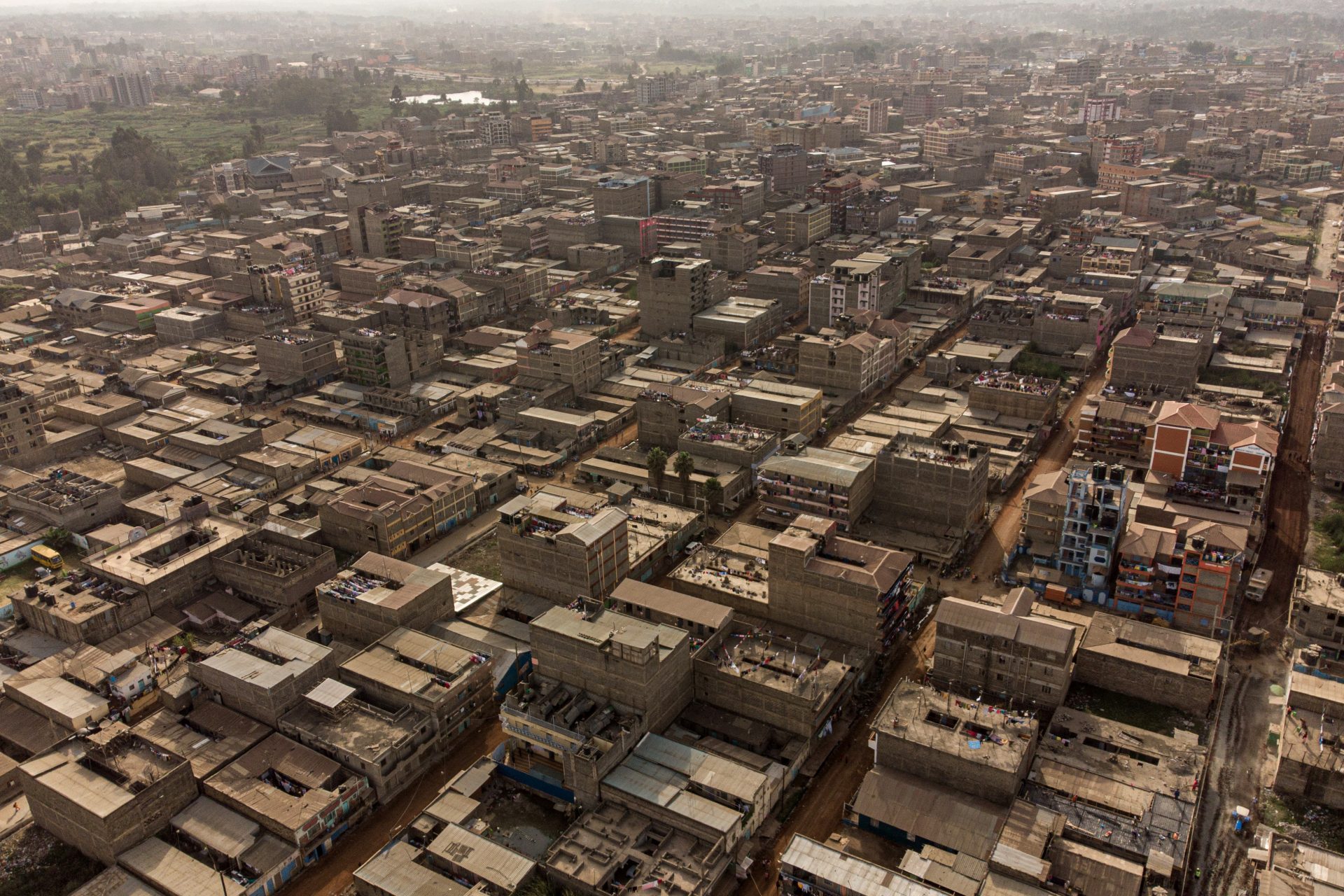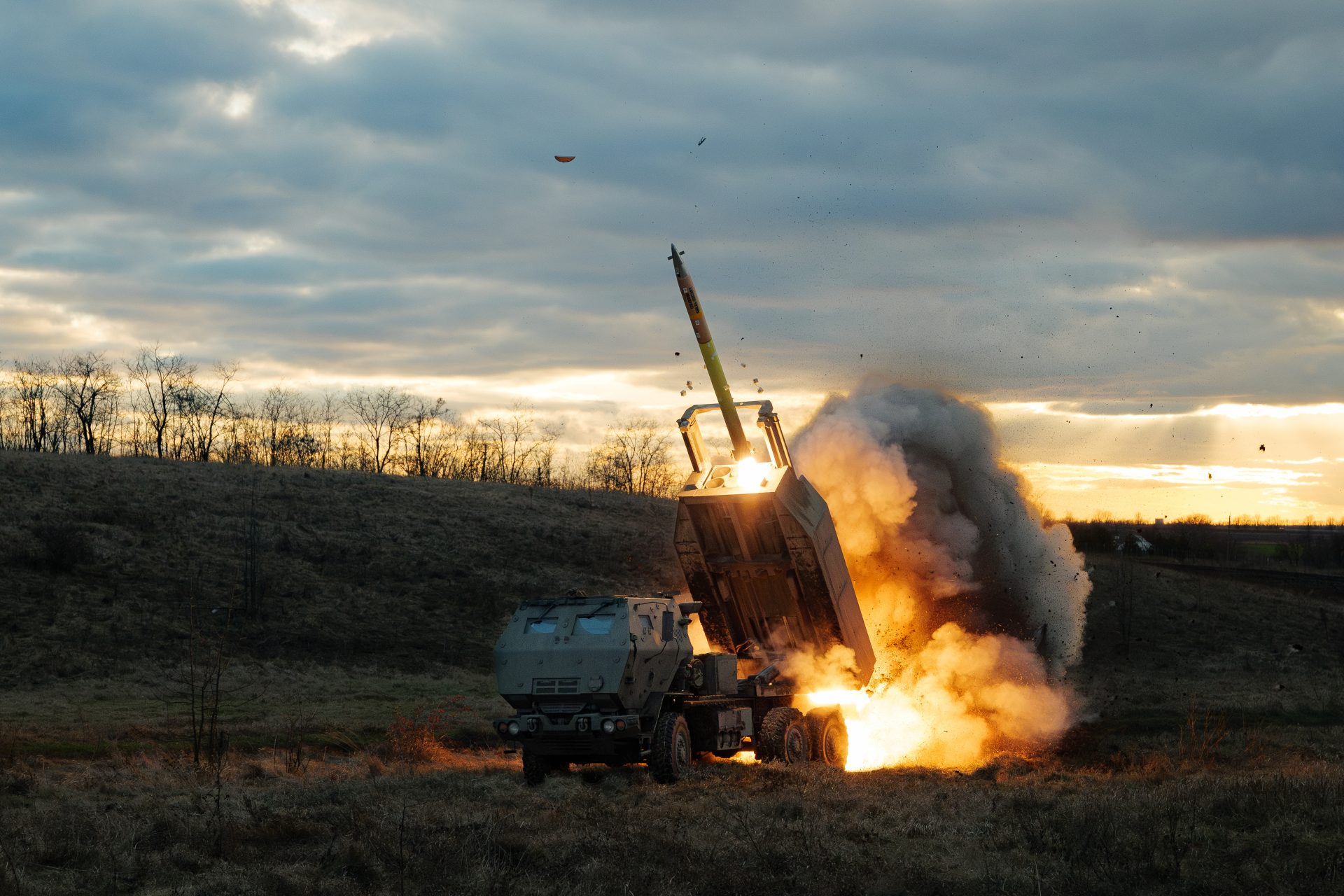What do you need to know about climbing Mount Everest?
Mount Everest is one of the most imposing mountains on Earth and climbing to the top of this geological behemoth has become a right of passage for some of the world's most extreme daredevils. But what do you know about what it takes to scale the world's tallest peak?
Summiting Mount Everest used to be a feat reserved for only the most seasoned mountaineers but it's increasingly become an accomplishment that almost anyone in the world can check off their bucket list.
That's not to say that climbing to the summit of Mount Everest isn't still dangerous. It's certainly not for the faint of hearts. But making it to the top is easier than ever. If you're thinking about making the trek there are a few things you might want to know!
Mount Everest is located in the Himalayan range, on the border between Nepal and Tibet (China).
Everest rises to 8,848 meters above sea level, making it the highest mountain in the world. For comparison, the summit of Mont Blanc is 4,809 m above sea level, and Kilimanjaro is the highest point in Africa, with an altitude of 5,895 m.
Everest's weather conditions are a real hazard for climbers. With an average temperature of - 36° C or -32.8° F at the top (which can drop to - 60° C or -76° F in winter), climbers must be well-equipped in order to face the cold.
However, the most difficult thing to bear is the wind, which is violent as well as icy and can reach 200 km/hour—making the ascent all the more complicated.
It takes about 40 days of walking to reach the summit of Everest and acclimatize to the altitude. The best times to embark on the adventure are spring (March to May) and autumn (September to November) when weather conditions are the most stable.
Everest was first discovered by Westerners in 1847. It was later identified as the highest peak in the world thanks to Sir George Everest and his team. The mountain was renamed in honor of the Everast in 1865.
The very first Everest expedition dates back to 1921. At that time, the British attempted to climb Everest first, passing through the northeast slope of Tibet.
Since access to Nepal was not allowed at the time, a team of six (pictured), including mountaineer George Mallory, set off on a reconnaissance mission to chart the easiest route to the summit. For this first expedition, the team climbed up to 7,000 meters above sea level.
During the second expedition, in 1922, the objective was to reach the top of the mountain. Two climbers in the group managed to climb to an altitude of 8,320 meters, with respiratory assistance. But this ascent was marked by the death of seven Sherpas, caused by a violent avalanche.
In mountaineering, the "death zone" refers to an area of extreme altitude, at which there is so little oxygen that humans cannot acclimatize naturally. This zone is generally located 8,000 meters above sea level.
Climbers who reach the "death zone" lack oxygen and face an increased risk of pulmonary and cerebral edema, which can be fatal. They must therefore use oxygen cylinders to continue their progress up the mountain.
Britain's George Mallory was more than determined to climb to the top of the mountain and in 1924, he ascended with his group to an altitude of 8,100 m.
Porters remained at the camp they erected and were the last people to see Mallory and his teammate Andrew Irvine alive. The extreme weather conditions took the lives of the two men. But were they able to reach the top before they died?
The body of George Mallory was discovered in 1999 by an American, at an altitude of 8,290 meters, on the north face of Everest. His body was well preserved but there was no evidence that the mountaineer had reached the summit of Everest.
According to several scientists, it was impossible that someone could climb to the top of Mount Everest with the means available at the time.
In 1950, the annexation of Tibet by China prevented mountaineers from repeating their expeditions on the Tibetan side. But the opening of the borders of Nepal gave them a new route to the summit of Everest: climbers could take the Nepalese route on the southeastern slope of Everest, which was apparently less perilous than the Chinese routes.
On May 29, 1953, mountaineers reached the summit of Everest for the first time while using an oxygen system. They were Edmund Hillary, a New Zealand explorer, and Tensing Norgay, a Nepalese Sherpa, who you can see in the photo.
After Hillary summited Everest. Mountaineers from around the world wanted to take up new challenges and break new records. In 1975, Japan's Junko Tabei was the first woman to summit Everest. In 1980, Reinhold Messner (photo) was the first mountaineer to successfully climb solo, and without respiratory assistance.
In 1991, commercial expeditions were launched. Many agencies developed guided trips to help others ascent Everest, a dream for mountaineers around the world. But the dream wasn't cheap...
The price of an ascent of Everest varies according to each agency, the choice of route, or even the level of service. Generally, the cost of an expedition now is between $35,000 and $70,000 per person. A journey that is therefore not accessible to everyone.
Besides the price, not everyone can embark on the ascent of Everest since the climb is only really for trained and experienced mountaineers. Sherpas, a traditional Himalayan people, accompany and help mountaineers, guiding them and carrying their belongings on the way to the ascent.
To be allowed to climb to the summit of Everest, mountaineers must first obtain a climbing permit, issued by the Department of Tourism Industry of Nepal.
To obtain this permit, mountaineers must meet certain conditions, such as proving that they have already successfully climbed at least one peak of 6,500 meters or more, as well as providing a medical certificate attesting to their good physical condition.
With the issuance of a climbing permit, the objective of the Nepalese and Tibetan authorities is to regulate the number of mountaineers who climb Everest each year in order to guarantee their safety and preserve the environment of the mountain.
Several dramas and controversies have led authorities to strengthen regulations over the years, a situation that has troubled some Everast enthusiasts.
The year 1996 was marked by a series of accidents on Everest, causing the deaths of 15 people. May 10, 1996, is considered the darkest day in Everast's history.
At the time, amateur mountaineers climbed the paths of Everest with two different guides, both of which neglected the weather conditions on the mountain.
At the top, a violent snowstorm descends on them and causes the death of eight people. The film "Everest" (2015) recounted this dramatic episode of the mountain's history.
The increasing number of climbers on Everest has caused deadly traffic jams in the Mountain's "death zone" as well. In the spring of 2019, freezing conditions led to a reduction in their flow of oxygen, and several serious incidents claimed a total of 11 victims during that year's climbing season.
In May 2019, a photo of Nepalese mountaineer Nirmal Purja, the subject of the Netflix documentary "14 x 8000: At the Summits of the Impossible", caused a stir online and pushed Nepalese authorities to limit the number of climbing granted permits issued each year.
Photo: Instagram / @nimdai
In 2020, a client filed a complaint against his guide Garrett Madison for not attempting to reach the summit and demanded a refund of his "Everest ticket". In 2022, it was ruled that the guide made the right decision when it was found that he aborted the expedition due to bad weather conditions, which could have led to the death of his climbing party.
According to Alan Arnette, a specialist in the ascent of Everest, 700 people were estimated to have climbed Everest in 2022. Among these mountaineers, 640 were taken from the Nepalese side.
Photo: Devraj Bajgain/Pixabay
These 640 people were divided into "240 customers for 399 Sherpas". Unfortunately, three people lost their lives during their ascents of Everest: a Russian client, a Sherpa, and a Nepalese guide.
The real heroes of these expeditions remain the Sherpas, who each year help hundreds of mountaineers achieve their dreams. According to a study by researchers from the University of Washington and UC Davis University, the success rate of climbing Everest has doubled over the past thirty years, and the courage and Sherpas' altruism certainly has something to do with it.
More for you
Top Stories



